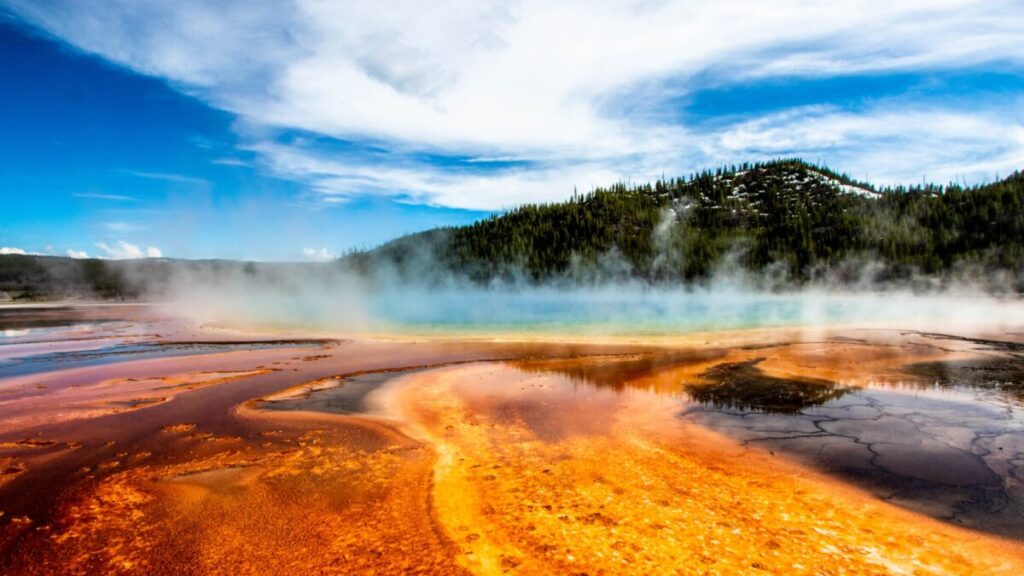How Ancient Healing Hot Springs Could Fuel a Clean Energy Future
Geothermal energy, derived from the heat stored beneath the Earth’s surface, is gaining attention as a sustainable power source. Ancient hot springs, long revered for their healing properties, are now being explored for their potential to contribute to this clean energy revolution.
Historical Significance and Modern Potential
Hot springs have been used for therapeutic purposes for thousands of years. Today, scientists are investigating how these geothermal hotspots could provide a renewable energy source. Unlike solar or wind energy, geothermal power is not dependent on weather conditions, making it a reliable alternative.
Geothermal Energy Extraction
The process of harnessing geothermal energy involves drilling into the Earth’s crust to tap into natural heat reservoirs. This heat can then be converted into electricity through various technologies, such as steam turbines. These methods are being refined to maximize efficiency and minimize environmental impacts.
Environmental and Economic Benefits
Geothermal energy offers numerous environmental benefits. It produces significantly lower greenhouse gas emissions compared to fossil fuels. Additionally, it has a smaller land footprint than solar or wind farms. Economically, developing geothermal resources can create jobs and stimulate local economies.
Global Adoption and Future Prospects
Countries like Iceland and the Philippines are leading the way in geothermal energy adoption. Their success showcases the potential for other nations to develop similar projects, particularly in regions with significant geothermal activity. Continued investment in research and infrastructure is essential to advance this promising energy source.
For more information on the potential of geothermal energy and ongoing research, visit The Washington Post.
Original Story at news.google.com
